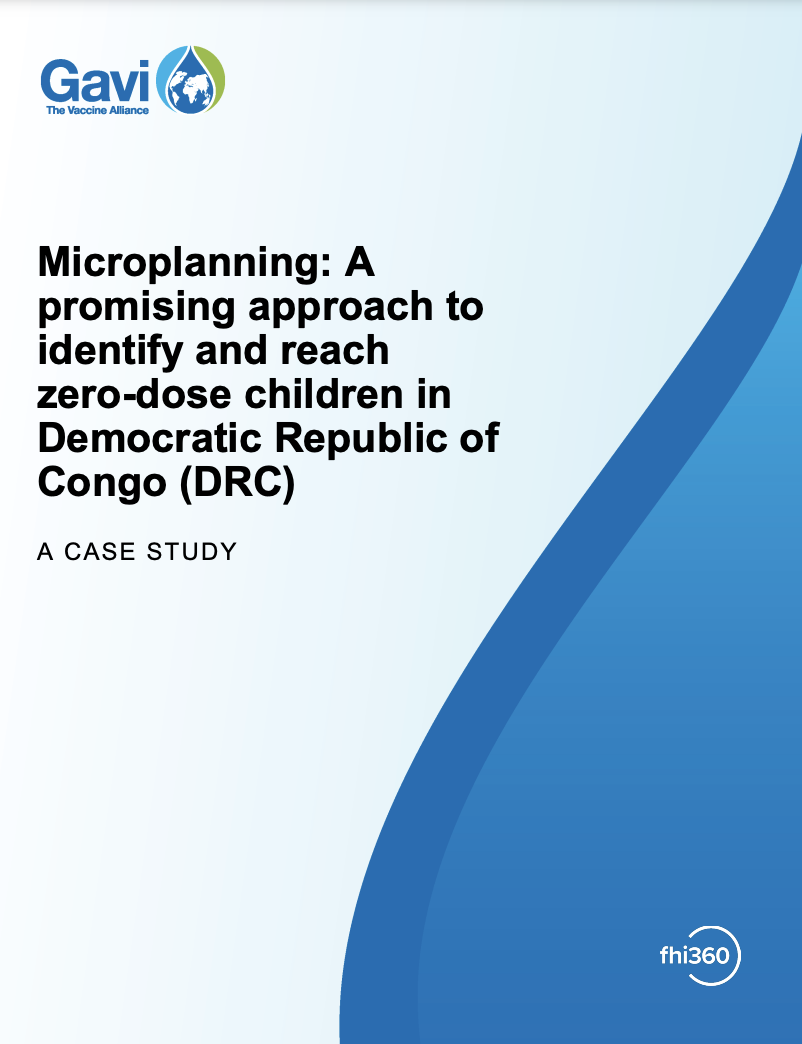Research
Semi-automatic mapping of pre-census enumeration areas and population sampling frames
Enumeration Areas (EAs) are the operational geographic units for the collection and dissemination of census data and are often used as a national sampling frame for various types of surveys. In many poor or conflict-affected countries, EA demarcations are incomplete, outdated, or missing. Even for countries that are stable and prosperous, creating and updating EAs is one of the most challenging yet essential tasks in the preparation for a national census. Commonly, EAs are created by manually digitising small geographic units on high-resolution satellite imagery or physically walking the boundaries of units, both of which are highly time, cost, and labour intensive.
| Authors | Sarchil Qader, Veronique Lefebvre, Andrew Tatem, Utz Pape, Kristen Himelein, Amy Ninneman, Linus Bengtsson & Tomas Bird |
|---|---|
| Source | Nature |
| Published | 2021 |



